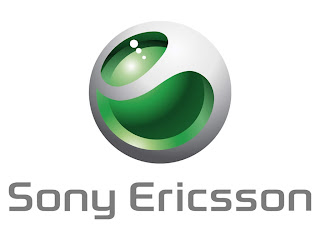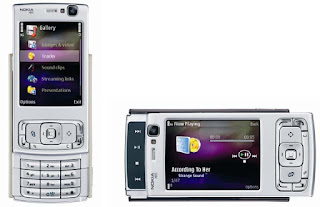 Flash maker Adobe isn’t tiring on bringing out news these days: this time it announced the “Open Screen Project”, in which it is partnering with a plethora of mobile industry giants, namely ARM, Chunghwa Telecom, Cisco, Intel, LG, Marvell, Motorola, Nokia (see also here re Microsoft‘s Flash competitor Silverlight), NTT DoCoMo, Qualcomm, Samsung, Sony Ericsson (see also their initiative to marry J2ME and Flash here), Toshiba and Verizon Wireless as well as major media players such as the BBC, MTV Networks and NBC Universal.
Flash maker Adobe isn’t tiring on bringing out news these days: this time it announced the “Open Screen Project”, in which it is partnering with a plethora of mobile industry giants, namely ARM, Chunghwa Telecom, Cisco, Intel, LG, Marvell, Motorola, Nokia (see also here re Microsoft‘s Flash competitor Silverlight), NTT DoCoMo, Qualcomm, Samsung, Sony Ericsson (see also their initiative to marry J2ME and Flash here), Toshiba and Verizon Wireless as well as major media players such as the BBC, MTV Networks and NBC Universal.
It said “the project is dedicated to driving rich Internet experiences across televisions, personal computers, mobile devices, and consumer electronics. Adobe said it would open access to Flash technology, accelerating the deployment of content and rich Internet applications (RIAs).” This will include:
- Removing restrictions on use of the SWF and FLV/F4V specifications
- Publishing the device porting layer APIs for Adobe Flash Player
- Publishing the Adobe Flash Cast protocol and the AMF protocol for robust data services
- Removing licensing fees – making next major releases of Adobe Flash Player and Adobe AIR for devices free
 Adobe says its Flash Player reaches over 98% of Internet-enabled PCs and more than 500m mobile devices today. It now expects more than 1bn handsets to ship with Flash technology by the end of 2009 (this means a year faster than previously forecasted). Flash technology is used to deliver vector graphics, text, interactivity and application logic, video and sound over the Internet. Currently, more than 75% of broadcasters who stream video on the Web use Flash technology (YouTube will be a big contributor to that number).
Adobe says its Flash Player reaches over 98% of Internet-enabled PCs and more than 500m mobile devices today. It now expects more than 1bn handsets to ship with Flash technology by the end of 2009 (this means a year faster than previously forecasted). Flash technology is used to deliver vector graphics, text, interactivity and application logic, video and sound over the Internet. Currently, more than 75% of broadcasters who stream video on the Web use Flash technology (YouTube will be a big contributor to that number).
Following my many posts on mobile Flash (see e.g. here and here), this now looks like a real assault on the medium. Given that Flash reduces developer cost (less porting because of vector-based graphics) means it is a likely boost to the content industry: more and richer content at lower cost. Could this be it?












